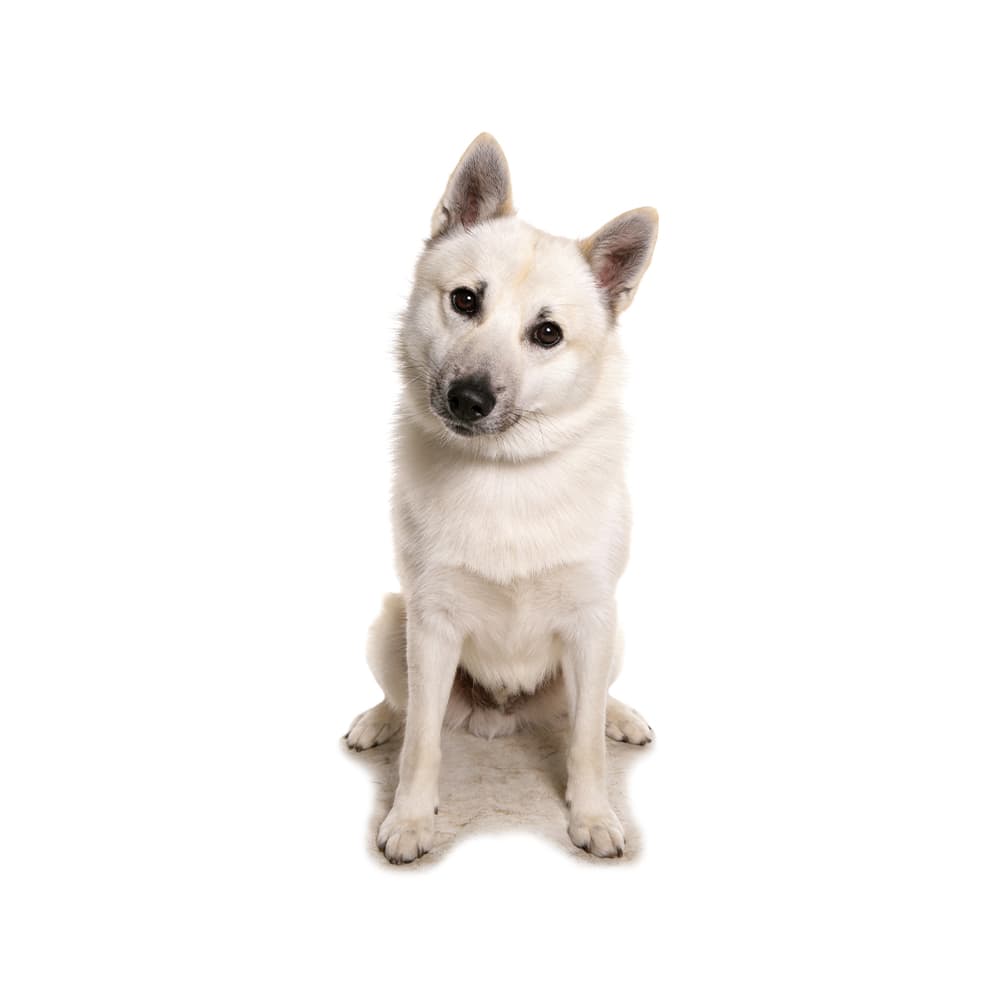Discover your dog's connection to this breed and 200+ others


Discover your dog's connection to this breed and 200+ others



The Norwegian Buhund is a versatile, hardy, and intelligent breed hailing from Norway. This breed's name is derived from ""bu,"" the Norwegian word for homestead or mountain hut where shepherds would dwell while looking after their flocks, and ""hund,"" which means dog. The Norwegian Buhund is an ancient breed, with roots dating back to the Vikings. Evidence suggests that the breed was used for herding livestock, guarding properties, and hunting game as far back as the ninth century. They were even found buried alongside their Viking owners, showing that they were highly valued. After World War II, the breed almost went extinct, but the careful breeding programs helped to revive it.
Norwegian Buhunds are generally healthy, but can suffer from hip dysplasia, eye conditions such as progressive retinal atrophy called cPRA, and von Willebrand's disease. Genetic testing is available for ataxia (Norwegian Buhund Type).
Norwegian Buhunds are intelligent, energetic, and friendly dogs. They love being part of the family and are known to be good with children. However, their high energy levels and intelligence mean they require plenty of mental and physical stimulation to prevent them from becoming bored and potentially destructive.
The Norwegian Buhund has a dense double coat that is weather-resistant. The outer coat is thick and hard, while the undercoat is soft and woolly. This coat is designed to withstand the harsh Norwegian winters. Regular brushing will help manage shedding and keep the coat healthy.
A canine genetic lineage is a group of individuals or entire breeds that descended from common ancestors predating modern breed formation. Often these lineages are associated with a ‘type’ of dog with a unique historical working role and associated behaviors (e.g., herding, scent hunting, etc.).
Spitz and Sled Dogs originate in the Arctic and subarctic regions which caused them the develop adaptations to cold climates. Some of these adaptations give rise to characteristics of the lineage, most notably a dense double coat that helps with insulation. The lineage of these dogs can be followed back to ancient breeds developed by Indigenous people. These ancient breeds were used as an aid for transportation, herding, guarding, and hunting. These jobs have created dogs that are independent, intelligent and have strong work ethics as well as a sturdy body that helps them to pull sleds or go on long journeys over rough terrain.
Example breeds with ancestry from this lineage include Akita, Chow Chow, and Siberian Husky.
The Norwegian Buhund is one of the few breeds that have retained their original uses in herding and guarding livestock.
Despite being an ancient breed, the Norwegian Buhund wasn't officially recognized by the American Kennel Club (AKC) until 2009.
Buhunds have been known to compete and excel in obedience, agility, and herding trials due to their high intelligence and energy levels.
https://www.akc.org/dog-breeds/norwegian-buhund/ https://www.pawprintgenetics.com/products/breeds/277/ https://fci.be/en/nomenclature/NORWEGIAN-BUHUND-237.html https://www.ukcdogs.com/norwegian-buhund
Recommended by top vets with decades of experience
21 breeds
64 genetic health markers
50 genetic trait markers
